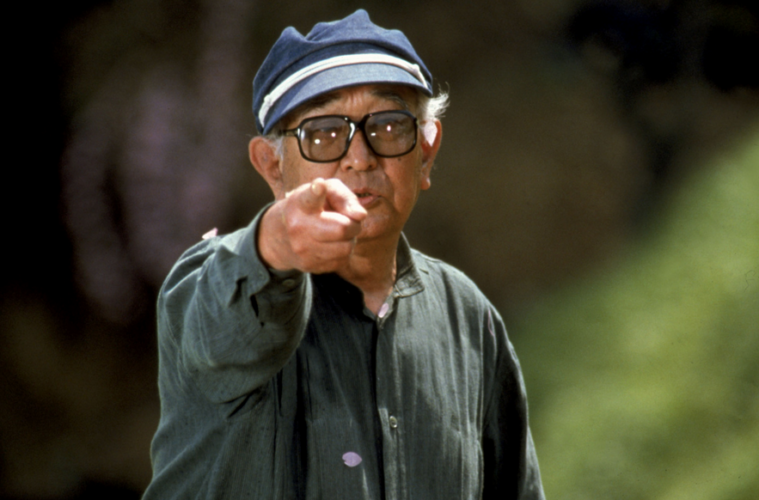
Dailies is a round-up of essential film writing, news bits, and other highlights from across the Internet. If you’d like to submit a piece for consideration, get in touch with us in the comments below or on Twitter at @TheFilmStage.
35mm will live on, for a little longer. Kodak has announced they’ve finalized new film supply agreements with all six major Hollywood studios, providing motion picture film to 20th Century Fox, Walt Disney Co., Warner Bros. Entertainment Inc., NBC Universal Inc., Paramount Pictures Corp. and Sony Pictures for their movie and television productions.
Watch the trailer for Matt Zoller Seitz‘s book on The Grand Budapest Hotel, a companion to The Wes Anderson Collection:
The Oscar-nominated doc Last Days in Vietnam is available to stream on PBS’ official site through February 7th.
David Bordwell dives into the history of pan and scan:
Once upon a time, before home video and cable, movies were broadcast on television. They might be drawn from local TV stations’ 16mm collections or transmitted from the networks on “movie of the week” shows. When the film was a widescreen film, especially in anamorphic processes, it was adjusted, as we now say, “to fit your screen.” That TV screen was in an aspect ratio of about 1.33:1 (4 x 3), like pre-1950s commercial films. But the film to be shown might be 1.75, 1.85, or 2.35. How to show it?
After reading our interview with her, watch a recent one-hour conversation with Liv Ullman:
At Mubi, Adam Cook on Blackhat and revolutions of the digital image:
It has been about six months since my last entry in this supposedly regular column. There are various excuses I could make as to why, but rather than dwell on the past, I’d like to usher this “Long Voyage Home” onward into the future, in the trailblazing spirit of Michael Mann. I couldn’t avoid writing on Blackhat, a film that I found as viscerally and formally thrilling as anything I’ve seen at the cinema in recent memory (and that includes Jean-Luc Godard’s Adieu au langage). I’ve seen it three times and plan to see it at least once more on the big screen before its (likely brief, considering its box office numbers) run ends. It has taken me multiple viewings to get closer to understanding all of Blackhat’s moving parts, a journey in itself that I eagerly plan to continue.
Watch a video essay on how Akira Kurosawa elevates a scene from The Bad Sleep Well through his technique:

